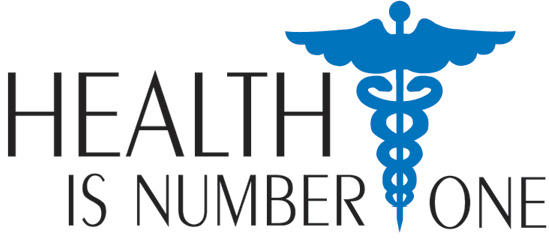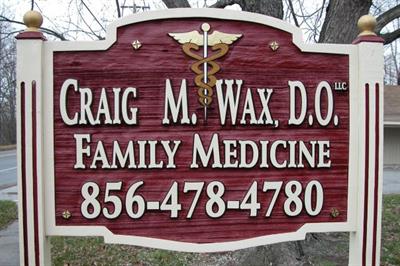Health Library ~ Family Medicine in Mullica Hill, NJNail Care Makes Summertime Fungus-Free Fun As the temperatures begin to rise, winter gloves become a distant memory and many Americans opt for sandals instead of socks and shoes. With both hands and feet in the summer sunlight, you should know that caring for your nails is especially important during this time of year. “Many people do not realize that the condition of an individual’s nails reveals a lot about a person’s general health,” says Craig M. Wax, D.O., an osteopathic family physician in Mullica Hill, NJ. Dr. Wax explains that a healthy nail bed should look pink, from a rich blood supply. The nail plate, the most visible part of the nail, should be lustrous, strong and flexible. Nail discoloration or a difference in composition can indicate health concerns such as:
“Although the nail can be an indicator of some disorders, it is primarily a location of potential bacterial and fungal infection,” says Dr. Wax. According the National Institute of Health (NIH), a division of the U.S. Department of Health and Human Services, American consumers spend more than six billion dollars each year in nail salon visits alone. Unfortunately, a trip to the local salon does not promise that nails will not become infected. In fact, a recent manicure for “American Idol” judge Paula Abdul reportedly triggered a severe nail infection that lead to surgical removal of her thumbnail.
“To prevent a visit to the doctor, individuals should practice good nail care,” explains Dr. Wax. He recommends these tips to keeping finger and toenails fungus-free.
If an individual does obtain a fungus, Craig M. Wax, D.O., warns that it will grow slowly, and is hard to eliminate. While current anti-fungal medications that remove the fungus are strong, they must be taken carefully for months in order to be effective. These drugs also have potential side effects including organ damage. Therefore, patients need to be monitored regularly by a physician. “Any symptoms suggesting organ damage should be reported immediately to your physician,” Dr. Wax cautions. Some of these indicators can include: unusual fatigue, severe loss of appetite, nausea, yellow eyes, dark urine, pale stool, skin rashes, bleeding, enlarged lymph glands, or signs of bacteria infection. Signs that a bacterial infection is taking place are increased pain, swelling, redness, tenderness or heat from the nail. Red streaks extending from the area, discharge of puss, or a fever of 100 degrees or higher are also indicators of a bacterial infection. While anti-fungal medications usually suppress the nail infection, they may not be a permanent cure. Studies featured on Medline.com suggest that at least 1 in 5 patients (20%) and probably more will have a recurrence of the original nail infection at some time, and re-treatment with medication would be necessary. “It is always easier to prevent fungus than to eliminate it after it appears,” advises Dr. Wax. “Practicing good nail care is the best way to obtain a fungus-free summer.” References: MayoClinic.com, iVillage.com |
|





